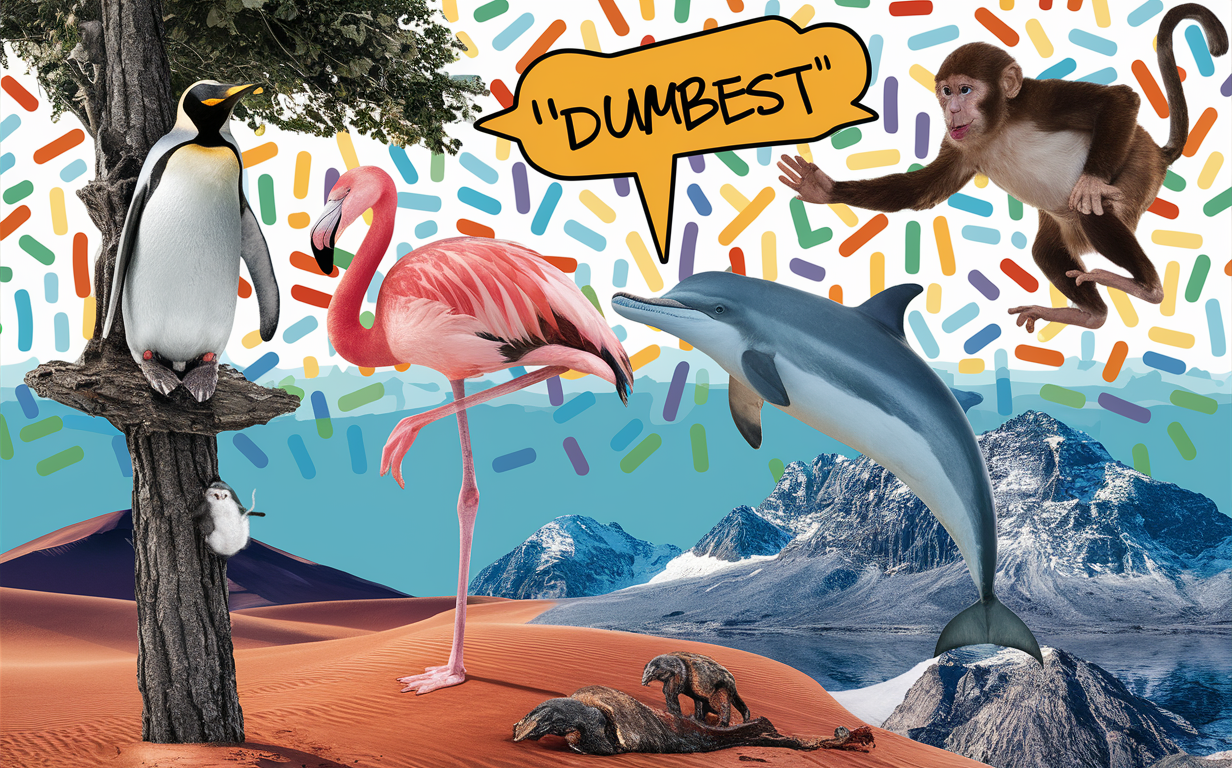Ever wondered about the special names for groups of animals? 🐘🐦🐠 Let’s go on a fun educational adventure together! Drop your favorite animal in the comments, and I’ll share the cool term for their group. Ready to learn something new and awesome? 🌟
- Mammals
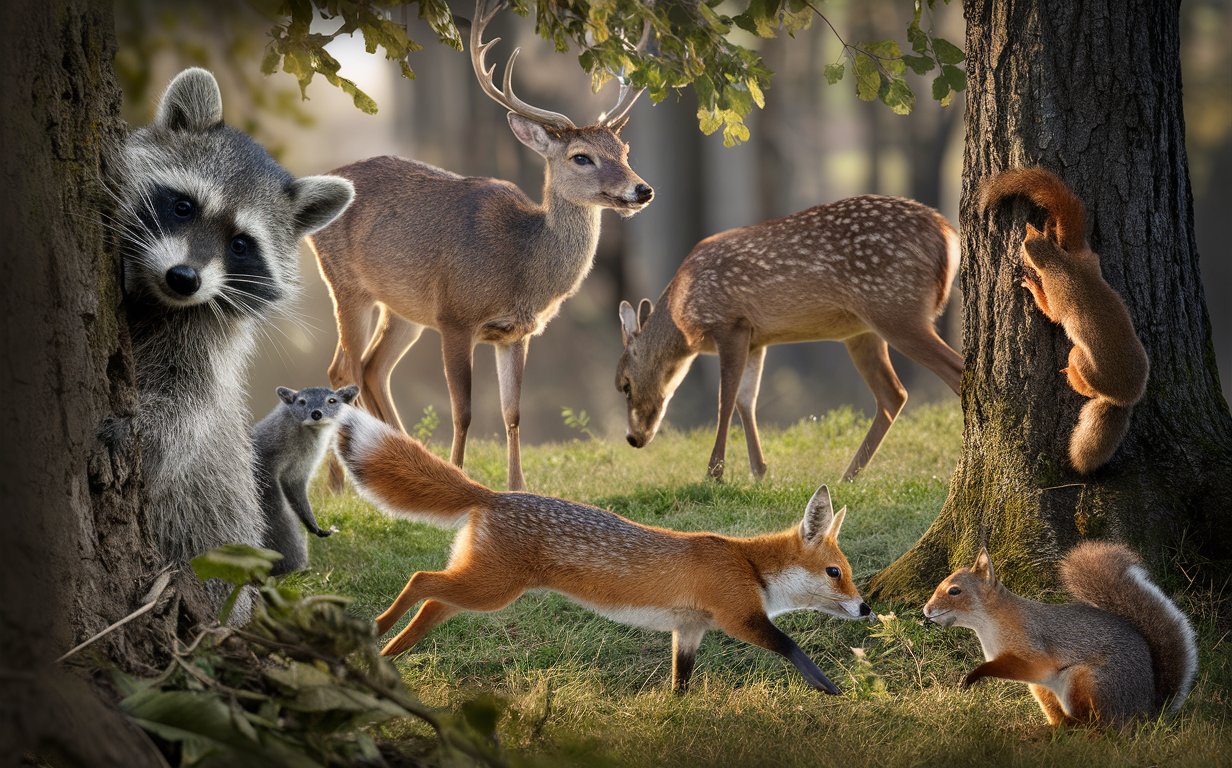
are really interesting creatures for lots of reasons! They’re warm-blooded and have hair or fur to keep them cozy. Plus, they can make milk to feed their babies, helping them grow up strong. Most mammals have live babies, not eggs, which means they can take really good care of their little ones, giving them a better chance at life. From tiny mice to the huge blue whale, mammals come in all sizes, showing just how adaptable and varied their lifestyles can be.
- Humans
- Dogs
- Cats
- Elephants
- Whales
- Bats
- Birds
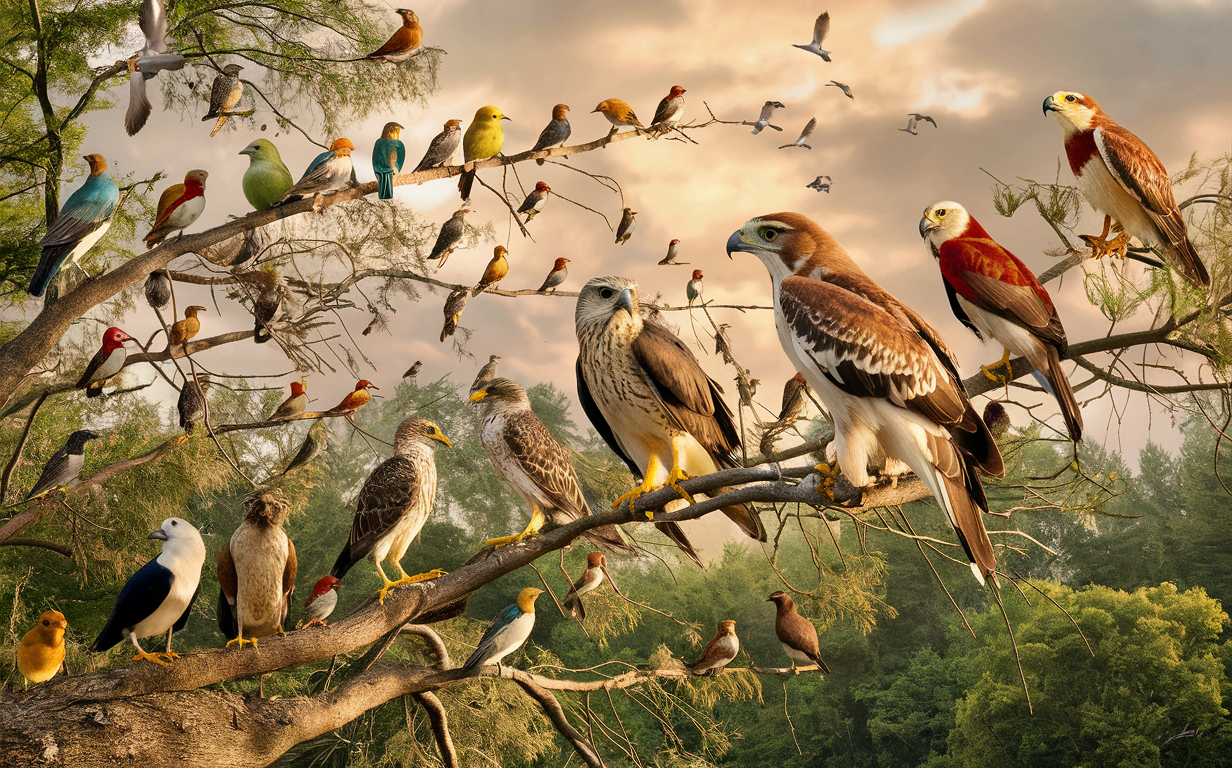 Birds, distinguished by their warm-blooded nature, are a fascinating group adorned with feathers, wings, beaks, and the remarkable ability to fly. They captivate with their incredible diversity, spanning from the diminutive hummingbird to the regal eagle. Each species is uniquely adapted to its specific environment and lifestyle, including their egg-laying habits.
Birds, distinguished by their warm-blooded nature, are a fascinating group adorned with feathers, wings, beaks, and the remarkable ability to fly. They captivate with their incredible diversity, spanning from the diminutive hummingbird to the regal eagle. Each species is uniquely adapted to its specific environment and lifestyle, including their egg-laying habits.
- Eagles
- Parrots
- Penguins
- Hummingbirds
- Owls
- Swallows
- Pelicans
- Ostriches
- Ravens
- Cardinals
- Reptiles
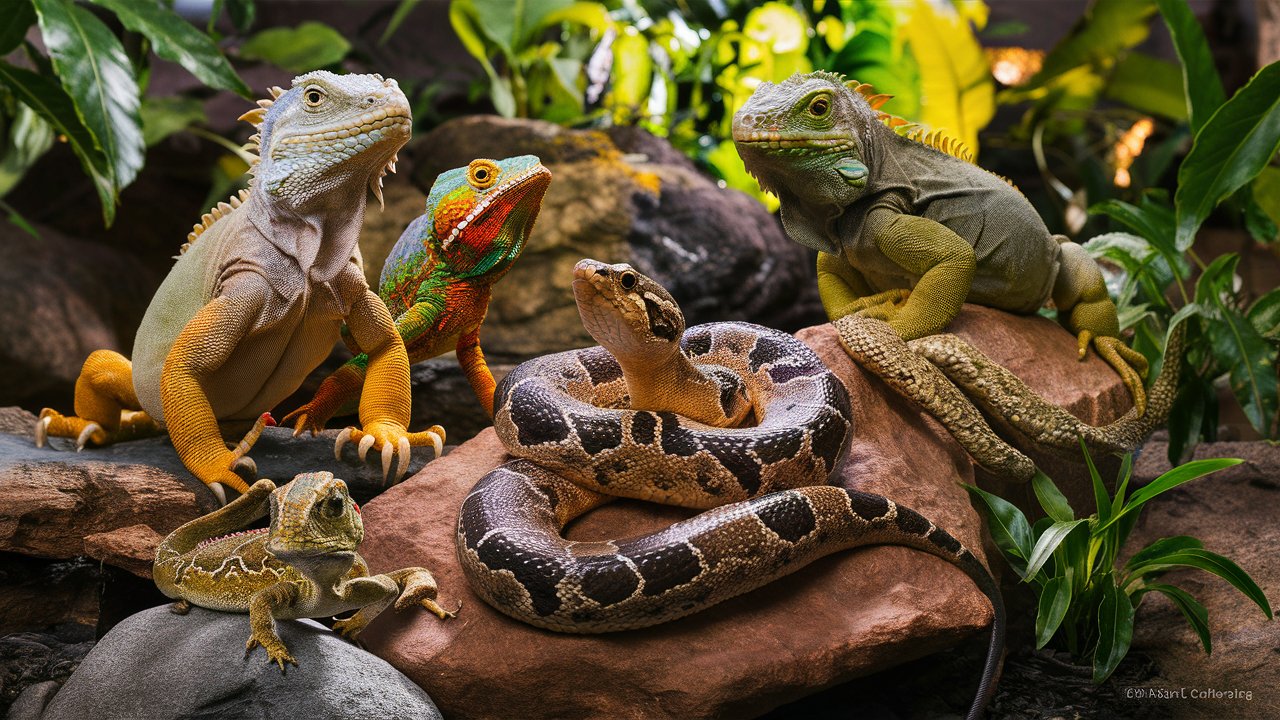
These cold-blooded vertebrates, characterized by their scaly skin, are fascinating creatures. They are known for their ability to lay eggs, many of which are protected by a leathery shell. This group includes a diverse range of animals from . laying tendencies.
- Snakes
- lizards
- turtles
- crocodiles
- Amphibians
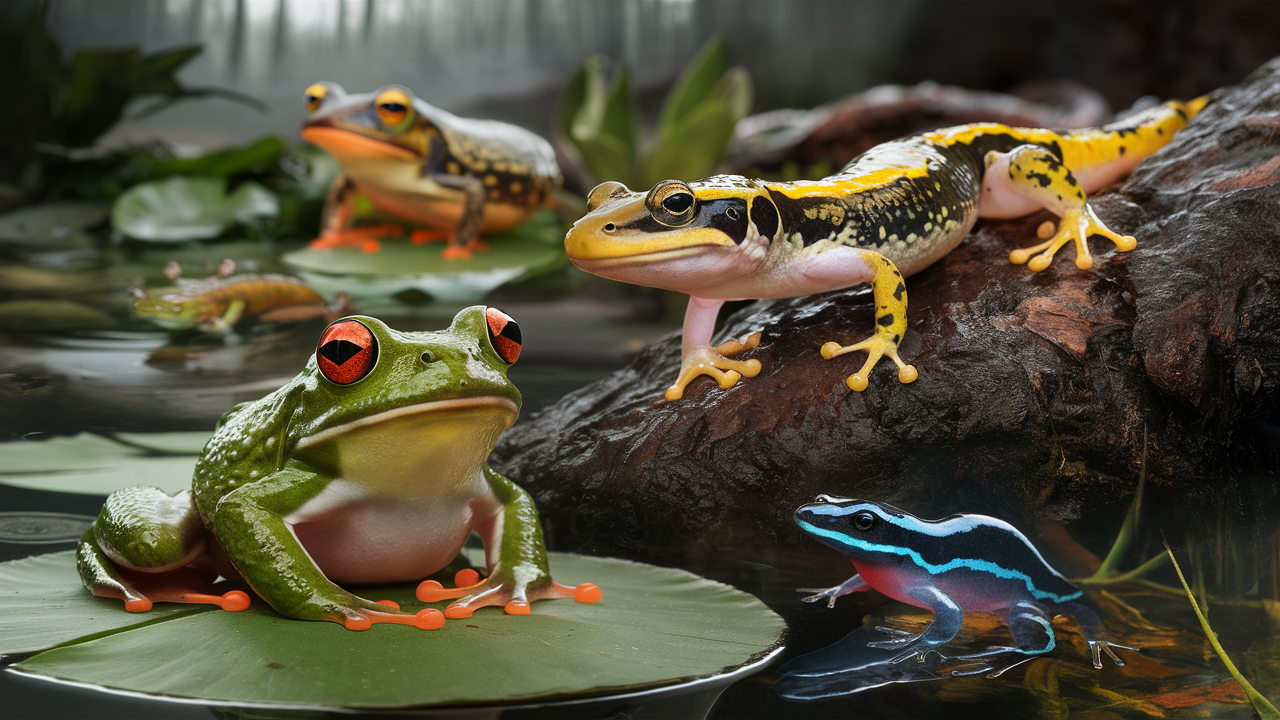
These are cold-blooded vertebrates known for their ability to live both in aquatic environments and on terrestrial land. This unique adaptation allows them to start their life in water, often as larvae, and then transition to land as they mature, showcasing a fascinating lifecycle that includes both the water and the earth as their habitat.amphibians have glandular
- Tree Frogs
- Giant Salamanders
- Rhacophorus
- Hyla
- Pacific Giant Salamanders
- Newts
- South Asian Frogs
- True Frogs
- Mudpuppies
- Poison Frogs
- Caecilians
- Asiatic Salamanders
- True Toads
- Mole Salamanders
- Sirens
- Fish
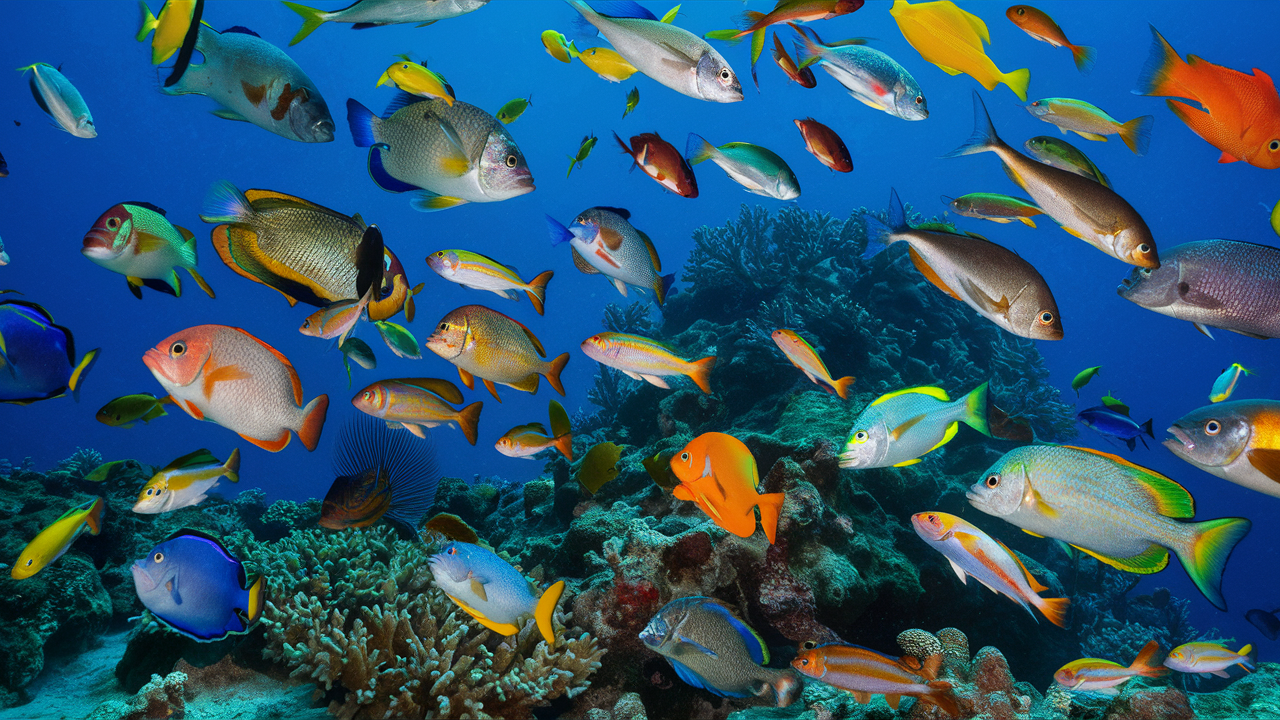
– Living entirely underwater, these cold-blooded vertebrates are distinguished by their gills, which allow them to breathe underwater, and fins, which aid in movement. Fish inhabit a variety of aquatic environments, from the deep sea to the shallowest streams
- clownfish
- catfish
- fish
- Invertebrates
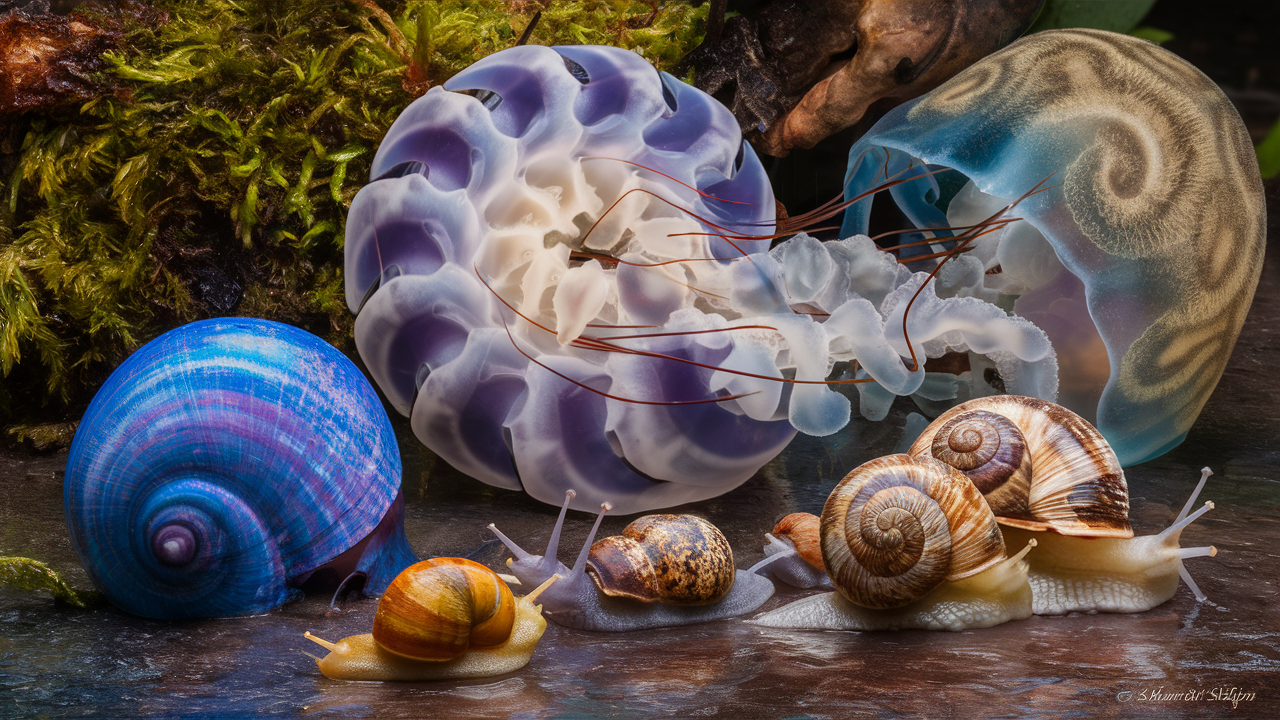
– A diverse category of animals that lack a backbone, encompassing a wide variety of life forms. This group includes creatures such as insects, arachnids, mollusks, crustaceans, and many others, each with their own unique characteristics and life cycles.
- Arthropods
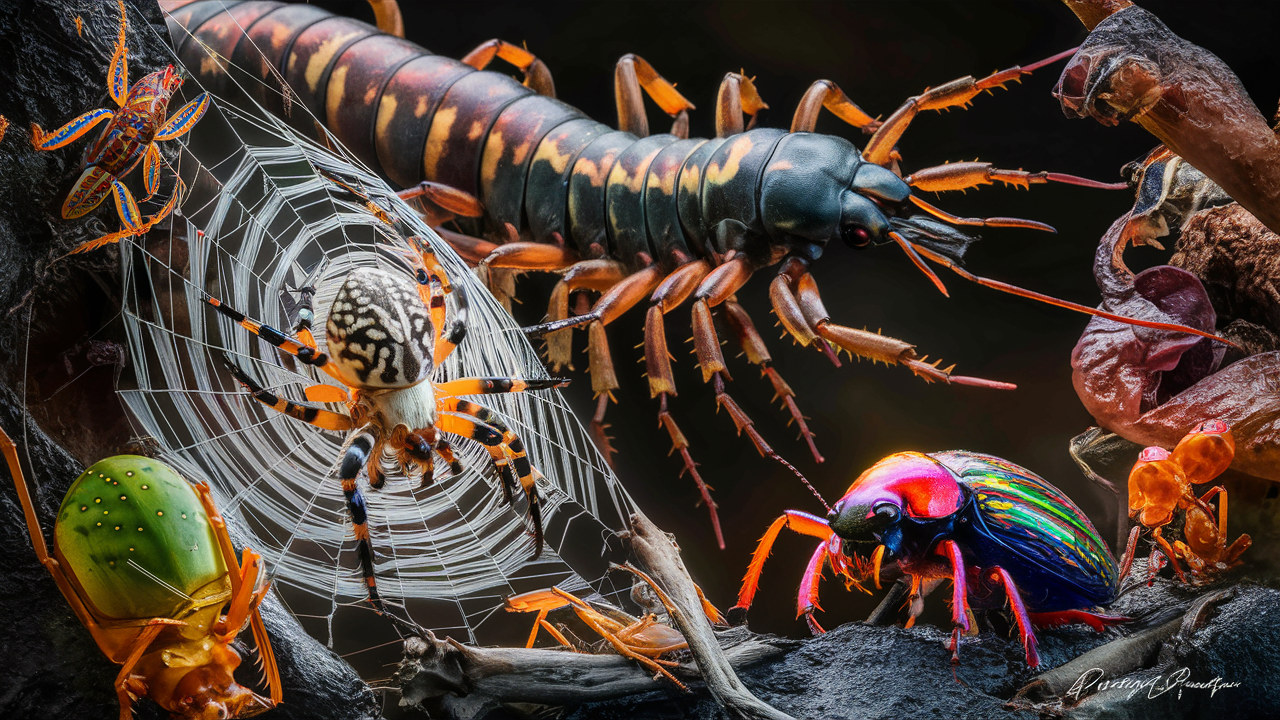
- – Exoskeleton-bearing creatures with segmented bodies and jointed limbs, including insects, arachnids (spiders), and crustaceans.
- Mollusks
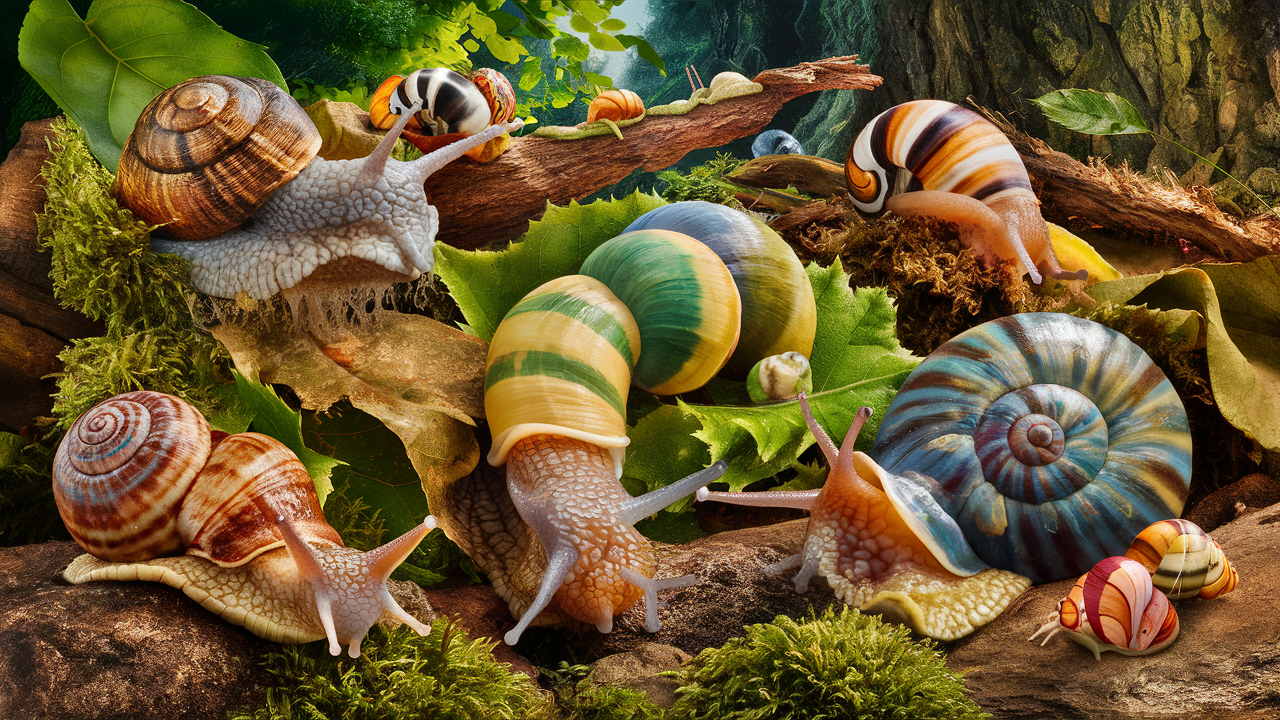
– Often soft-bodied, sometimes with a shell, this group includes snails, clams, octopuses, and squids.
- Annelids

– Segmented, worm-like animals such as earthworms and leeches.
- Cnidarians
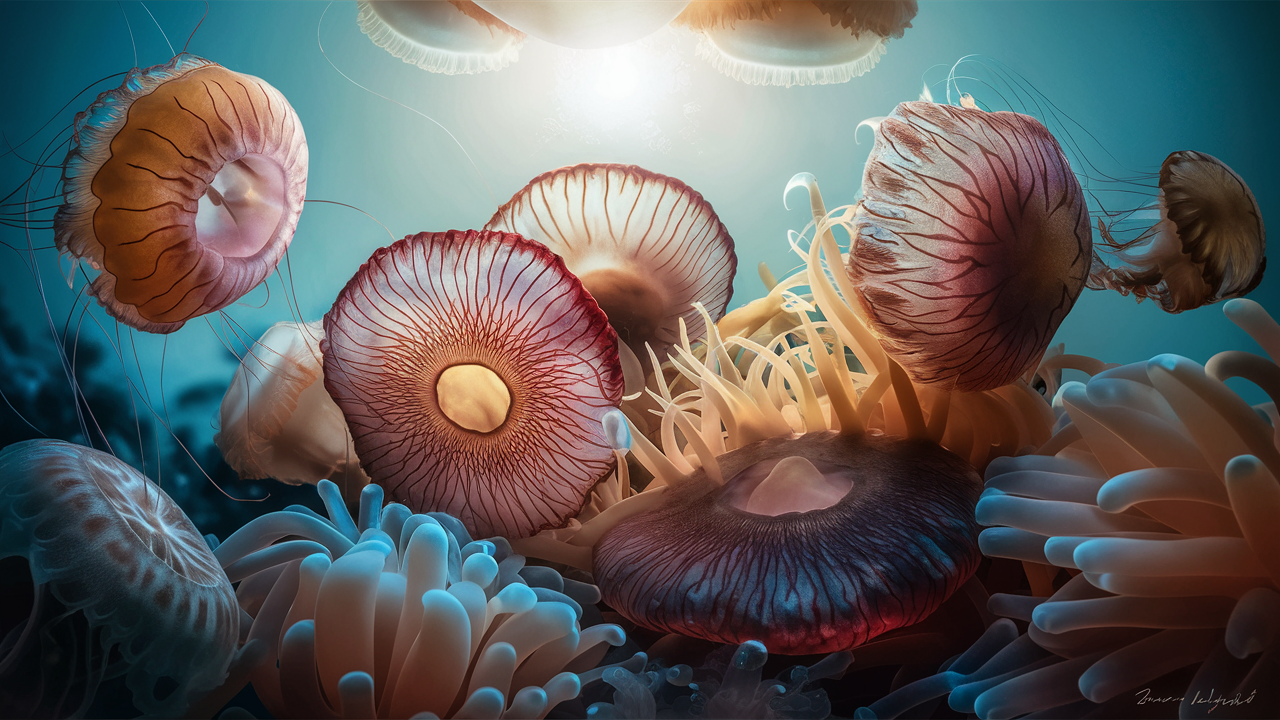
– Stinging-celled animals like jellyfish and corals.
- Sponges
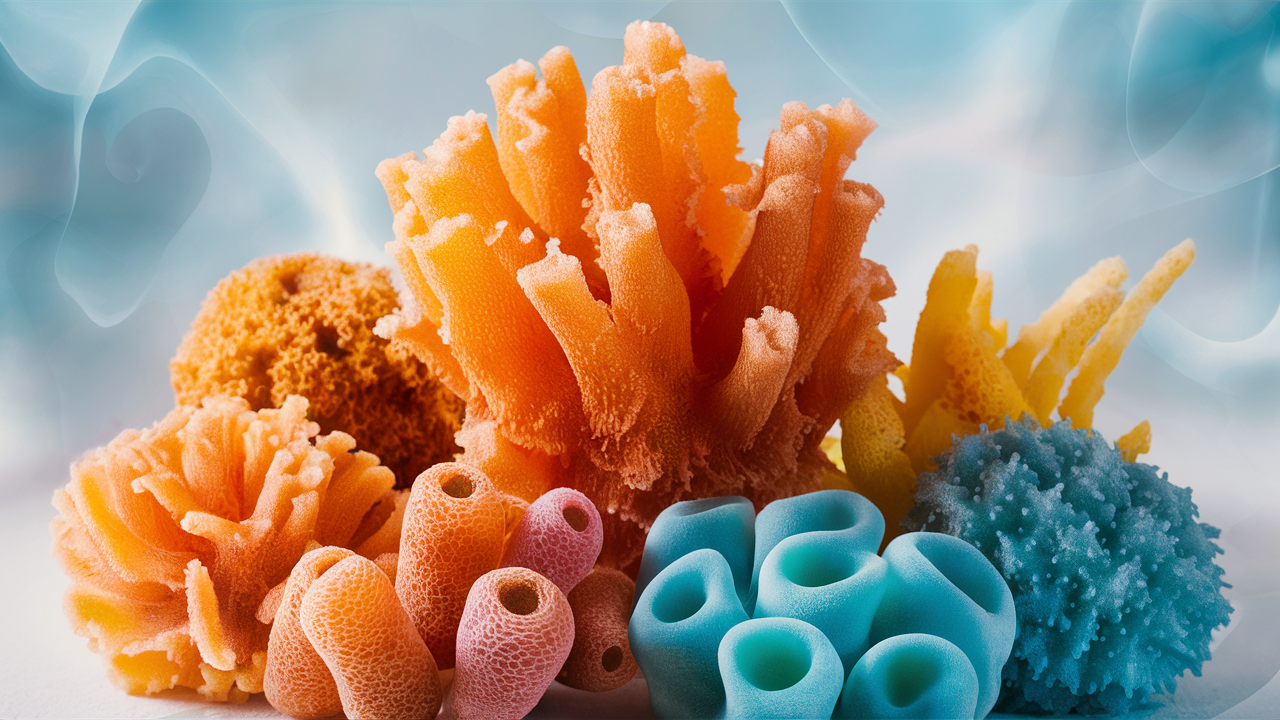
-Simple multicellular organisms that lack organs and have porous bodies.
These principal categories group animals based on their physical attributes, natural habitats, and biological features. Each category boasts a rich diversity of species, reflecting the incredible variety of life on our planet.
